"With a bit of land at Lough Swilly and a fishing rod you wouldn't need a job." said one of my Northern Irish in-laws dreamily. Well,that's an exaggeration, but it spoke to my self-reliant instincts. This beautiful lough goes deep inland, and on its eastern sides is the quiet Inishowen Peninsula, whereas on the western side there are the rugged hills of Donegal. Maureen and I drove from our holiday cottage at Rathmilton up fo Fannad Head and stood on the foreland that juts into the Atlantic, which that day was tranquil, but we were not deceived that this was anything but a slumbering Leviathan waiting to pounce.
Further south there are some scenic bays. Clew Bay in Mayo is studded with small islands, the products of dumping by a glacier. No one lives on them, as they are uninhabitable, for they are too small, exposed and lack fresh water, but they make a great view from Croagh Patrick, Ireland's holy mountain,on whose stony exposed and misty summit summit St Patrick was said to have spent his lenten fast. John Lennon let a group of hippies dwell on one island there that he owned, but they only lasted the summer before the Atlantic storms forced their evacuation. There was, they realized, a reason why the local Irish did not inhabit the islands.
Not far away is Killary Harbour, a small, but perfectly formed fjord jutting into the ancient and stark mountains of Connemara, one of Ireland's wildest places. It is a natural harbour and was where the French fleet landed on its ill-fated expedition to support the Irish rebels in the 1798 rising. Killary is worth seeing.
South of this is Galway Bay at whose head is the town of Galway, a settlement worth a visit. At times I have stood on the north shore and enjoyed a warm, moist and gentle south westerly blowing up from more southerly climes, a delightful experience. Take time to see Lough Corrib, the large lake that drains steeply through the fast flowing river Corrib, into the bay. It is worth taking a boat trip.There are in the lough, my sister once noted, some very large eels.
Towards the south the bays of Kerry a narrow and long. They are not fjords like Killary, but rias, drowned, unglaciated estuaries, created when valleys deepened after the Ice Age by running water were flooded by rising seas. Dingle Bay is my favourite, and it is quite shallow except for the narrow channel in the middle, which is deep enough to allow small vessels to pass. But the bays are windy. Once when walking at the head of the bay in a wind from the sea I had my head down and suddenly became aware of a presence behind me. On looking round I found that I had strayed into the middle of the road and a friendly police man had placed his car behind me. He told me that the wind had been steadily pushing me towards the middle of the road and that,having seen what was happening, he had come up at my rear for my protection. This was a common problem with tourists who do not know the area, he explained. I thanked him and took more care afterwards.


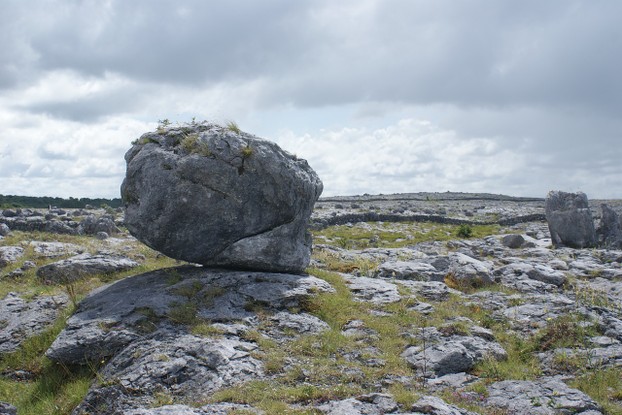
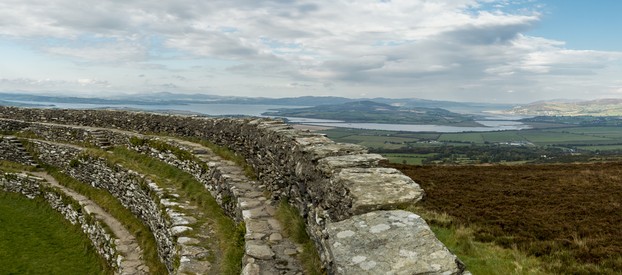
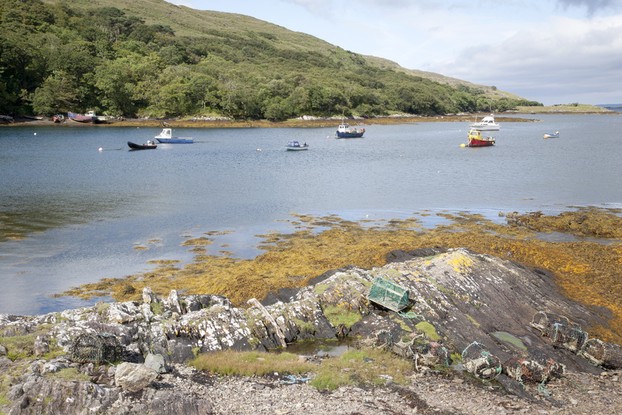
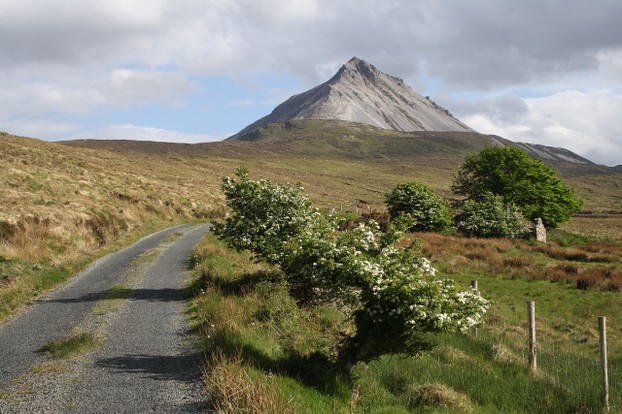
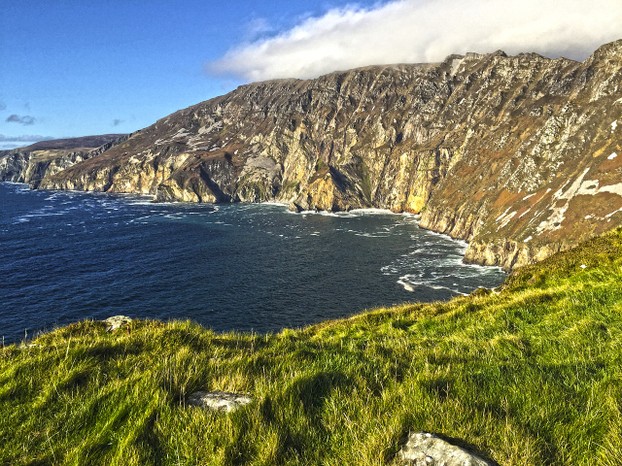



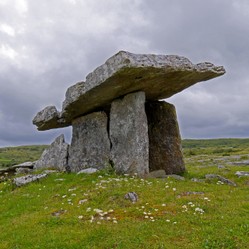

 Women of the Gospelson 10/11/2025
Women of the Gospelson 10/11/2025
 Religious Gardenson 08/25/2025
Religious Gardenson 08/25/2025
 Doctor of the Church: John Henry Newmanon 08/03/2025
Doctor of the Church: John Henry Newmanon 08/03/2025
 Restoring the Palm Houseon 07/16/2025
Restoring the Palm Houseon 07/16/2025

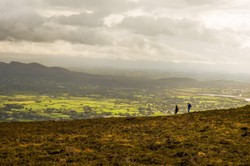
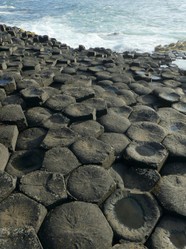
Comments
Yes. The Atlantic storms cause problems. My daughter dw Ellis on The island of Anglesey and sometimes in storms, which are often the tail end of an American hurricane,e The police close the bridges
Thank you for your comment below, on Jan. 12, 2024, in answer to my previous, previous-day observation and question.
High waves and winds particularly can be dangerous between Hawaiian islands.
Is such the case concerning Dursey?
If so, might that suspend cable-car schedules?
Yes.
The second paragraph to the first subheading, An overview, considers Dursey Island as "accessible by Ireland's only cable car."
Does that mean that there's a cable running from the mainland to that island and that the cable car, attached only at the top, runs from mainland to island like a zipliner ziplines from one cliff to another over open water?
Sorry,I do not know. I suspect that Achil might be the residue of an earlier non-Celtic language, possibly stretching back to Neolithic times. But which language I know not.
Online sources do not seem to be forthcoming regarding the meaning of achill even as they give its etymology as from the Irish Acaill and Oileán Aclan.
The Mayo Ireland Limited site identifies "look-out, prospect" as a possible meaning even as it indicates that "the idea sometimes advanced that it may be related to the Latin word aquila, 'an egale', seems groundless.”
Might you have access to the correct etymology?
Thank you!
Those are compelling reasons for your choice of Achill.
We went in the expectation of finding somewhere to camp. It is quite easy to do so. The first night we camped on Black Head, County Clare, a barren limestone headland overlòking Galway Bay. That was cold. Then we headed for Achil, which made sense as part of the route back to college. I .did not know then how cold it would be.. We selected Achil because it offers camping sites near the beach and it has a bridge to the mainland.
The first paragraph to the first subheading, An overview, contains a succinct reminiscence of roughing-and-toughing-it camping on the island Achil.
Did you know what you were getting into, in the way of a cold, out-of-the-way, rough spot?
What made you select Achil over the other "scattering of islands"?
You are probably, nay almost certainly right, in saying that six weeks is a minimum. There are plenty of hotels, guesthouses and camp sites en route.